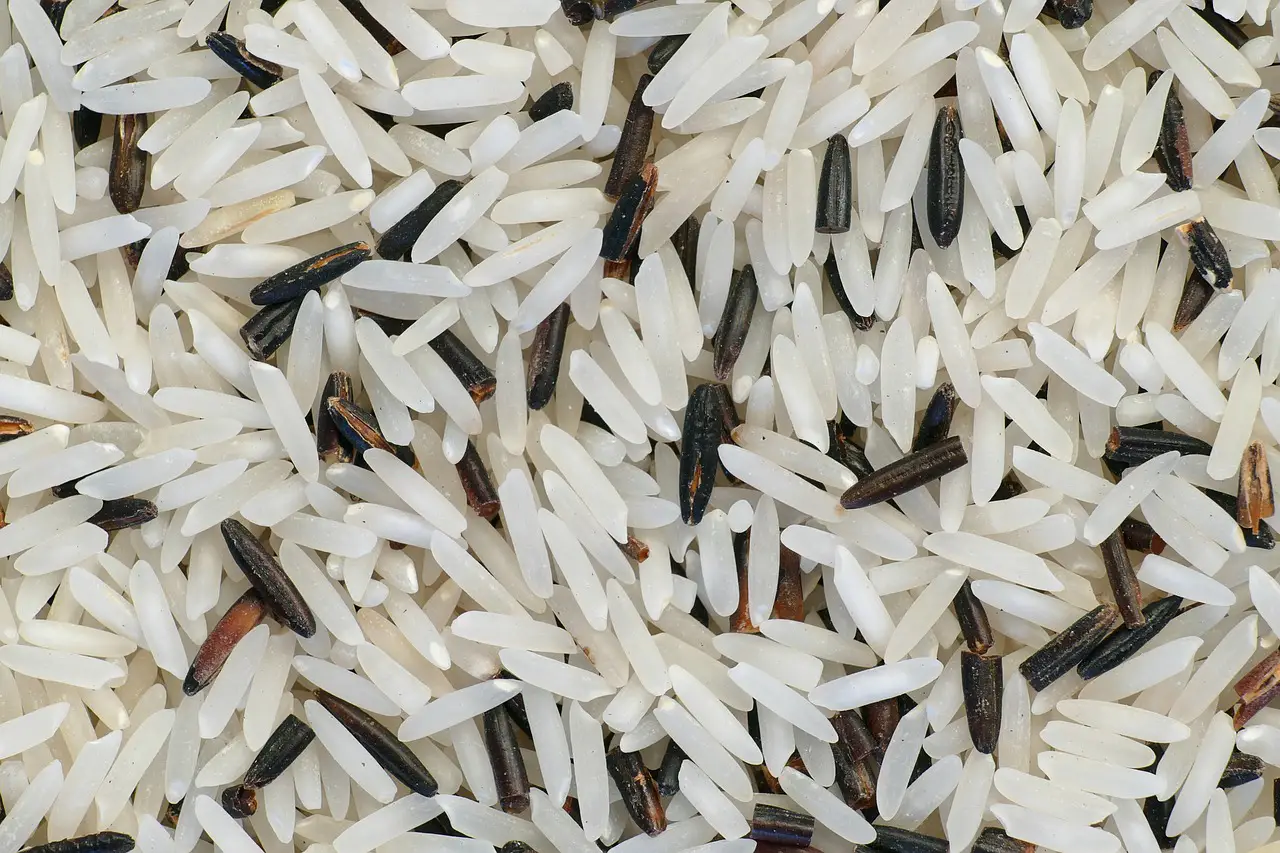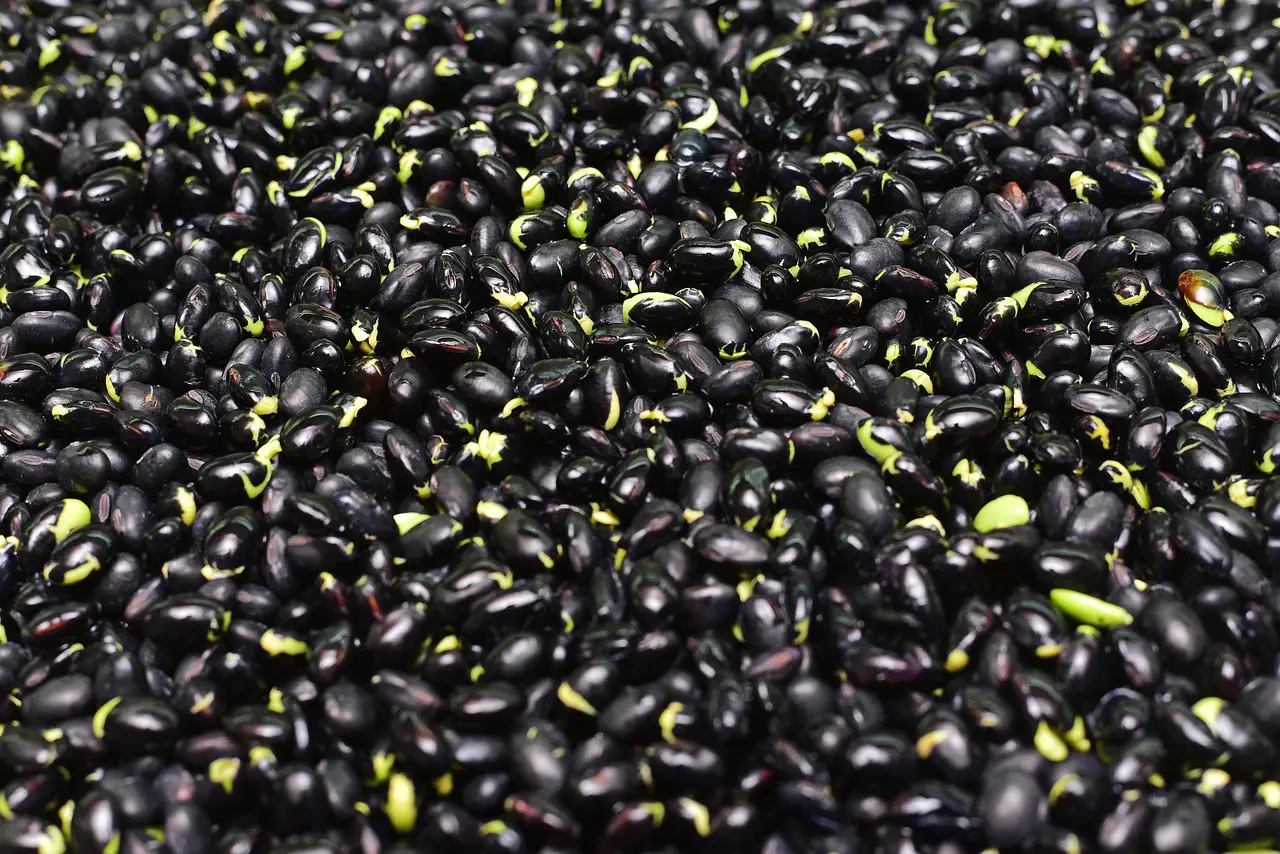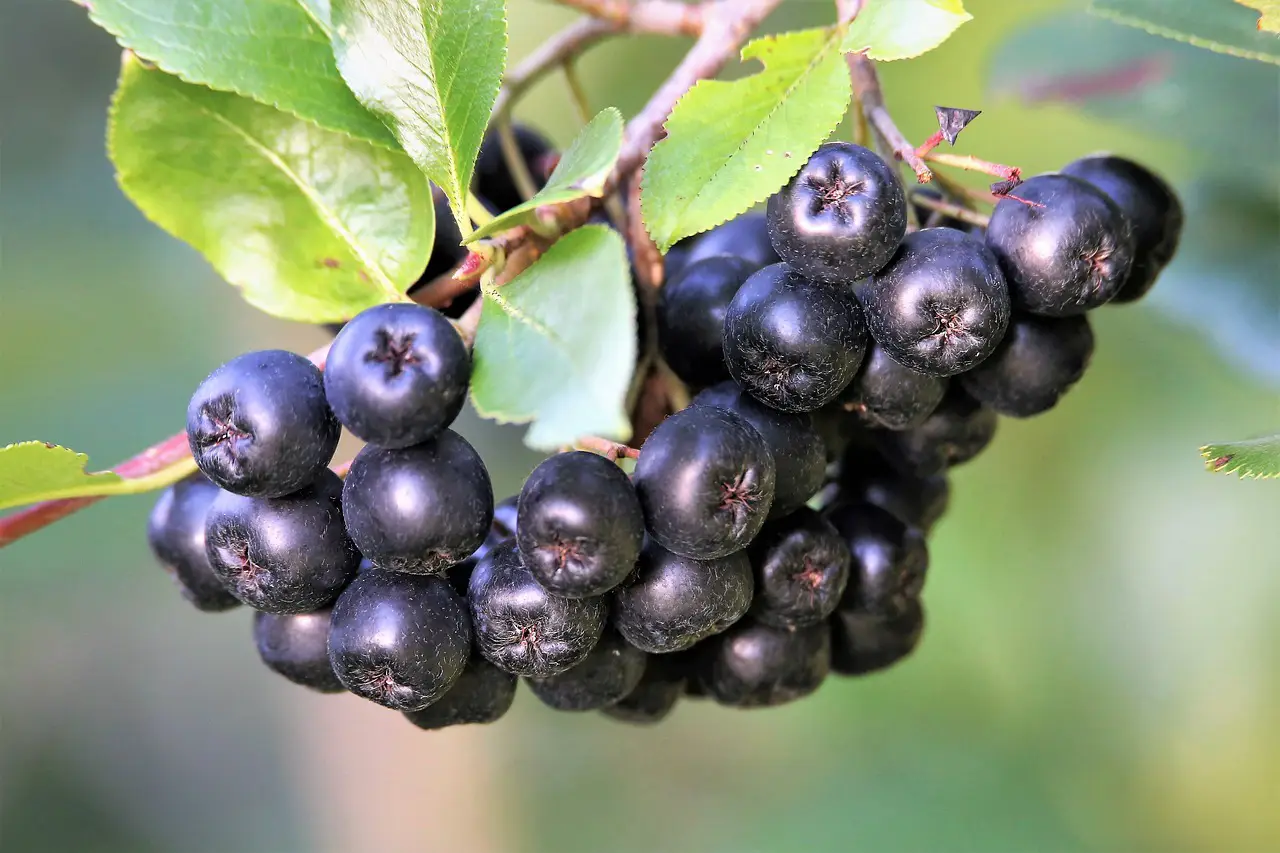This posting is part of Coupang Partners activity, and I receive a certain amount of commission accordingly.
Until fairly recently, rice bran (also known as rice husk) was not widely recognized or valued. It was mostly used as animal feed, as it is a by-product of the rice milling process. However, interest in rice bran has surged in recent years. This is due to various studies revealing that rice bran contains components beneficial for both health and beauty. Today, let’s take a closer look at rice bran.

What Is Rice Bran?
Rice bran is a byproduct that results from milling rice, referring specifically to the inner husk of the rice grain. When harvested rice is processed through milling to produce the white rice we eat, two major byproducts are created. First, the outer husk of the rice is removed—this is called “hull” or “rice husk.” Once this layer is stripped, you get brown rice, which has a yellowish hue due to the inner husk. To produce white rice, the inner husk is further milled away, and what remains is rice bran.
The term “米糠” (mi-kang) comes from the Chinese characters for “rice” (米) and “bran” (糠). In English, it is known as “rice bran.”
Summary of the Rice Bran Production Process
- After threshing the rice plant, the outermost husk is removed, resulting in “rice husk” (also called “hull”), and the rice with the husk removed is called “brown rice.”
- Since brown rice tends to have a coarse texture, the inner husk is removed to produce softer white rice.
- When the inner husk is milled off five times, the result is called “5-polished rice”; seven times, “7-polished rice”; and after ten polishings, it becomes fully refined and is called “10-polished rice” or simply white rice.
- The inner husk that is removed during this milling process to turn brown rice into white rice is what we call rice bran.
Nutritional Information and Benefits of Rice Bran
It’s often said that brown rice is healthier than white rice. This difference largely comes down to rice bran. Since white rice is essentially brown rice with the bran layer removed, the higher nutritional value of brown rice can be attributed to the nutrients contained in the rice bran.
Just like many seeds and fruits, rice holds a high concentration of nutrients in its outer layers. During the process of refining brown rice into white rice, not only is the bran removed, but the rice germ is also taken out. This separated bran contains a variety of nutrients. Below are some of the commonly known potential benefits of rice bran.
Rich in Dietary Fiber and Protein
Rice bran contains a high amount of dietary fiber and protein. In 100 grams of rice bran, you can find about 85% of the recommended daily intake of dietary fiber, and roughly 25% of the daily protein requirement for an adult weighing 60 kilograms.
Dietary fiber not only promotes healthy digestion and supports intestinal health, but also plays a positive role in regulating blood sugar and blood pressure. Protein, along with carbohydrates and fats, is an essential nutrient that plays a vital role in sustaining life and building the body.
High in Vitamin E Content
Rice bran contains about 4.9mg of vitamin E per 100 grams, which is approximately 40% of the adequate daily intake for adults. Vitamin E is a powerful antioxidant that supports overall health by helping to regulate cholesterol levels, enhance eye health, and improve cognitive function, among other benefits.
Rich in Various B Vitamins
Rice bran is abundant in a variety of B vitamins, including thiamine, riboflavin, niacin, pantothenic acid, vitamin B6, and folate. These vitamins play a crucial role in converting the food we eat into energy and in maintaining healthy skin and nervous system function. In particular, folate helps with red blood cell formation, supports hormonal balance, and is an essential nutrient for the health of both women and developing fetuses.
Rich in Minerals
Rice bran contains a variety of essential minerals, including calcium, iron, magnesium, phosphorus, potassium, zinc, manganese, and selenium. In particular, selenium acts as a powerful antioxidant and provides about 22% of the recommended daily intake per 100g of rice bran. Additionally, the iron content is abundant, meeting about 103% of the daily requirement, helping to support healthy blood production.
Rich in Antioxidants
Rice bran contains various antioxidant compounds, including phenolic acids, flavonoids, anthocyanins, and proanthocyanidins. These compounds help prevent cell damage caused by free radicals and assist in reducing inflammation. This can help slow down the aging process and contribute to overall health maintenance.
It Has Various Health Benefits
Rice bran, rich in antioxidants including vitamin E, helps activate metabolism and boost immunity. It also contributes to the prevention of adult diseases such as heart disease, high blood pressure, and diabetes, and is effective in alleviating menopausal symptoms through its anti-inflammatory properties. Additionally, it can have a positive impact on preventing stomach and colon cancer, making it a beneficial food for overall health improvement.
It Helps with Beauty
Rice bran is rich in dietary fiber, which improves constipation and promotes skin health. Additionally, various nutrients such as B vitamins and vitamin E have a positive effect on chronic skin conditions like eczema and atopic dermatitis. Massaging rice bran wrapped in a fine cloth can help soften rough skin and add shine, while using rice bran mixed with water as a mask can assist with acne and exfoliation, contributing to skin improvement.
How to Use Rice Bran
One of the popular products made from rice bran is rice bran powder. This powder can be mixed with cereal, added to milk or yogurt, or incorporated into green juice for consumption. It can also be sprinkled on salads or added to miso soup. For skin massage, it can be used wrapped in a soft cloth or mixed with essential oils or water. When purchasing products, choose those from reliable brands and always check the product instructions before use.
Precautions
Rice bran is generally considered safe, but its effects can vary depending on individual conditions. Due to its high fiber content, excessive consumption may cause digestive issues. Additionally, people with sensitive skin may experience discomfort when using it for massage.
Furthermore, the effects and side effects of rice bran can vary from person to person. This information is for general reference and is not medical advice. If you have health concerns, are taking medication, or have specific conditions, it is important to consult with a professional.



Leave a Comment